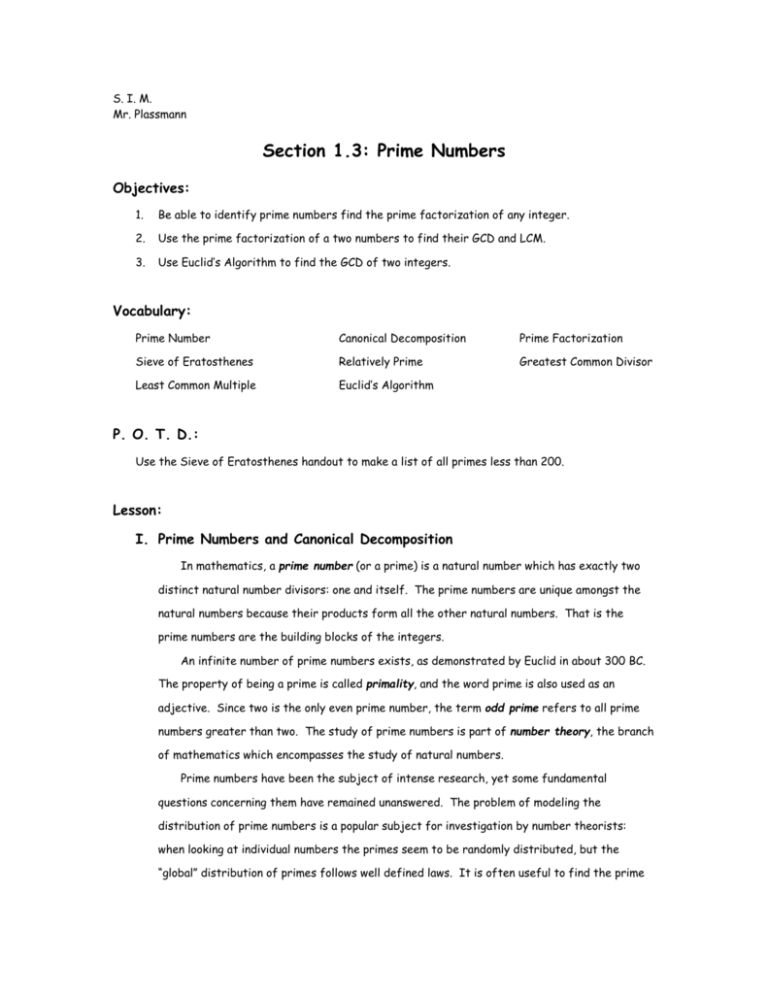
The Greeks understood the importance of primes as the building blocks of all positive integers.

By inventing his “sieve” to eliminate nonprimes-using a number grid and crossing off multiples of 2, 3, 5, and above-Eratosthenes made prime numbers considerably more accessible.Įach prime number has exactly 2 factors: 1 and the number itself.

Such numbers, divisible only by 1 and themselves, had intrigued mathematicians for centuries. 194 BCE) devised a method for finding prime numbers. In addition to calculating the earth’s circumference and the distances from the earth to the moon and sun, the Greek polymath Eratosthenes (c. Let’s try an ancient way to find the prime numbers between 1 and 100. A positive integer is a prime number if it is bigger than 1, and its only divisors are itself and 1. Therefore, we can say that number 8 is a composite number.Each positive integer has at least two divisors, one and itself. So the factors of 8 are 1, 2, 4, as well as 8. The number 8 can be written as 8 × 1, 1 × 8, 2 × 4, and 4 × 2. Therefore, we can say that number 6 is a composite number. So, the factors of number 6 are 1, 2, 3, and 6. Now, let us take a number, say 6, that can be written as 6 × 1, 1 × 6, 2 × 3, and 3 × 2. Therefore, we can say that 4 is a composite number as it has only 2 factors.

It can be written as 4 × 1, 1 × 4, and 2 × 2 So the factors of 4 are 1, 2, and 4. Total number of prime numbers from 1 to 1000 = 168Ĭomposite numbers are numbers that have at least one factor other than the number itself and 1. In other words, we can say that two is the only even prime number. Some of the properties of prime numbers are:Įvery number that is greater than 1 can be divided by at least one prime number.Įvery even positive integer greater than the number 2 can be expressed as the sum of two primes.Įxcept for number 2, all other prime numbers are odd. Students can practice this method, by writing the positive integers from the numbers 1 to 1000 and circling the prime numbers, and putting a cross mark to all the composite numbers. Eratosthenes took the example of a sieve to filter out the prime numbers from a list of natural numbers and drain out the composite numbers. The prime number was discovered by Eratosthenes (275-194 B.C.). So any prime number should have only two factors and the number should be greater than 1. This means that number 1 can never be a prime number.

Similarly, we can say for the numbers 2, 3, 5, 7, 13, 17, … etc can only be written in two forms with a single factor as 1, hence are the prime numbers.Įach prime number is only divisible by the number 1 and itself. So, we can say that 11 is a prime number. There is no other way of writing the number 11. Let us see a few examples of prime numbers and the list of prime numbers from 1 to 1000.įor example, let us take a number for example 11. The prime number is known to be the simplest of a number. The numbers that have factors 1 and number itself are known as prime numbers. Every prime number has exactly 2 factors.


 0 kommentar(er)
0 kommentar(er)
